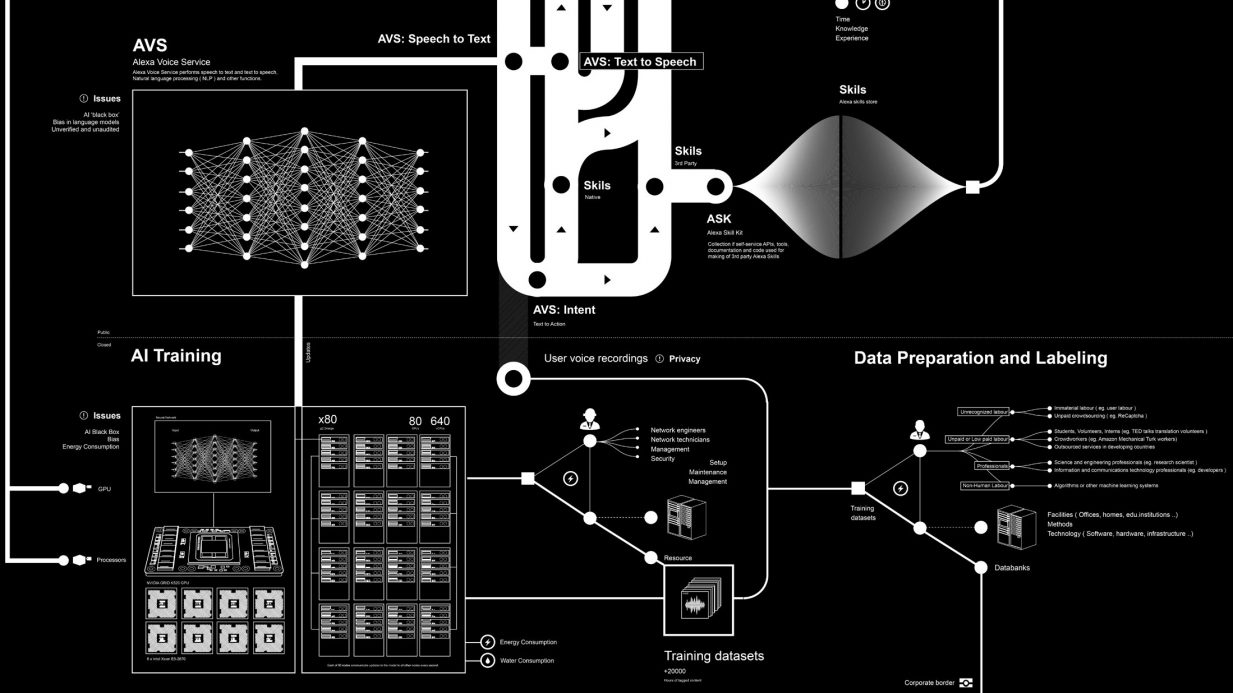Why data visualization should be a core competency for every organization
In today’s highly competitive business landscape, leveraging data analytics is essential but insufficient. To truly gain an edge, organizations must build competency in data visualization – the graphical representation of information – as a core capability woven throughout operations. There are compelling reasons why every company should prioritize developing internal data visualization expertise.
The data deluge requires visualization
The volume of business data being generated is exploding exponentially. This “big data” offers tremendous potential value but also presents analysis paralysis. Data visualization provides superior comprehension of large, complex data sets. Interactive charts, graphs and dashboards created with business intelligence (BI) tools like Tableau allow employees to identify trends, outliers and patterns that drive insights quickly. Dataviz enhances productivity over manual analysis. Additionally, visualizations improve accessibility for team members unfamiliar with querying databases directly. With proper training, even non-technical staff can leverage data visualization to unlock insights from company data.
Highlighting crucial signals in the noise
Like finding a needle in a haystack, key insights are often lost across massive datasets. Powerful data mining algorithms can help but still require human context. Proficient data visualization skills enable analysts to highlight the most meaningful signal from the noise. Interactive data dashboards also allow the cross-filtering large datasets on the fly to pinpoint correlations supporting business decisions. Advanced visual analytic techniques enable users to drill down into granular data and observe how indicators interact at a detailed level.
Democratizing data discovery across the organization
Traditionally, data analysis has been confined to specialists. But modern self-service BI tools like Power BI, Looker and Sisense enable more employees to access, visualize and independently explore data through user-friendly dashboards. This drives more comprehensive data literacy across the organization, empowering localized decision-making. Data visualization is critical for democratization. It removes barriers to exploring data for non-technical professionals. With proper access controls, dataviz can be securely distributed across business units based on needs. The future of business intelligence relies on putting insights directly into the hands of frontline decision-makers.
Data storytelling for memorable and impactful analysis
Raw data alone fails to engage diverse audiences. Data visualization tools like D3.js allow analysts to craft compelling data-driven narratives using interactive infographics, dashboards and reports tailored to specific groups. Data storytelling makes data analysis resonate emotionally and drive change. Strong dataviz skills unlock this. Creative visualizations and compelling narratives enable data scientists to connect analytics to specific business goals and priorities for various stakeholders. The best analysis lacks impact without thoughtful contextualization and presentation.
Rapid response enabled by real-time data visualization
Real-time data visualization enables the instant monitoring of business operations and market dynamics via streaming dashboards. Rapid responses then become possible when emerging trends, risks or priorities are made visible as they occur. The ability to create real-time analytics dashboards separates the competition. Real-time dataviz should be integrated into business processes organization-wide, from supply chain to sales. The low latency empowers teams to take action at the pace of today’s markets.
Making complex analytics intuitive
Many managers struggle to apply advanced analytics like predictive modelling, machine learning and data science. Powerful data visualization makes these techniques more intuitive and accessible to business users without technical backgrounds. Interactive visual models build trust in data science recommendations applied to business decisions. Clean, engaging dataviz dashboards allow any employee to interact with AI predictions and prescriptions comfortably. The more human-centred data science becomes, the faster it generates returns.
Future-proofing for data visualization innovation
We’re only seeing the potential for data visualization innovation and applications. Augmented analytics, predictive analytics, location intelligence, virtual reality and more will reshape dataviz. Future-focused firms need the competency to adapt continuously. An in-house team removes reliance on external providers. Building institutional knowledge in emerging data visualization now allows your organization to ride the wave of innovation rather than being left behind. Fostering cutting-edge expertise prepares companies for the next generation of data visualization possibilities.
Building a dedicated internal capability
As data analytics matures, demand for multi-disciplinary data visualization expertise is soaring but talent remains scarce. Developing an internal capability delivers cost efficiencies while also enabling proprietary competitive advantages. Retaining institutional knowledge is critical with high demand for these skills. Organizations should invest in creating interdisciplinary data visualization teams combining data science, design and business acumen. A strong capability will pay dividends as data volumes and complexity rise.
Integrating data visualization throughout the business
To fully benefit, data visualization cannot remain a siloed function. It should be tightly integrated into all business operations using capabilities like embedded BI. Leadership must promote a data visualization culture across teams. With the right infrastructure, data can be democratized across the company safely to empower broad organic adoption. Change management helps drive processes to become more data-driven through visualization.
Making data visualization a high-level priority
Gaining buy-in across the C-suite and aligning key stakeholders is critical to building sustainable data visualization competency. A clear strategic vision and investment plan should inform the organizational rollout. Hiring specialized data visualization leadership provides expertise and focus. Above all, executive sponsorship gives dataviz initiatives credibility and resources to execute.
With responsive leadership and a focused strategy, the proteins that make data truly actionable and accessible – interactive visualizations combined with compelling storytelling – transform analytics. Companies prioritising building organizational competencies in data visualization will be poised to leverage data for decisive strategic advantages. Is dataviz at the core of your company’s strategy?
Related Stories
Effective content is easy if you use this one secret technique favoured by experts
The simple secret of redesigning websites? Headlines are EVERYTHING
Everything you need to know about advertising on one slide ANNOTATED
Try this sniff test to see if your business stands out
Business intelligence tools give your business a competitive advantage
6 undeniable reasons why Power BI is a good skill to have for any marketer
About the author

My name is Andy Pemberton. I am an expert in data visualization. I guide global clients such as Lombard Odier, the European Commission and Cisco on the best way to use data visualization and then produce it for them: reports, infographics and motion graphics. If you need your data visualized contact me at andy@furthr.co.uk or call 07963 020 103
Posted in: Infographic by Furthr
